Murmure is a French art collective born in 2009. The street artworks are part of a constantly evolving project, whose intent is to tell stories, hitting the passerby with humor and cynicism or forcing him to reflect on urban decay and social marginalization. A project that exploits and plays with the urban space to describe the contemporary metropolis, denouncing the distortions or making fun of its grotesque sides.
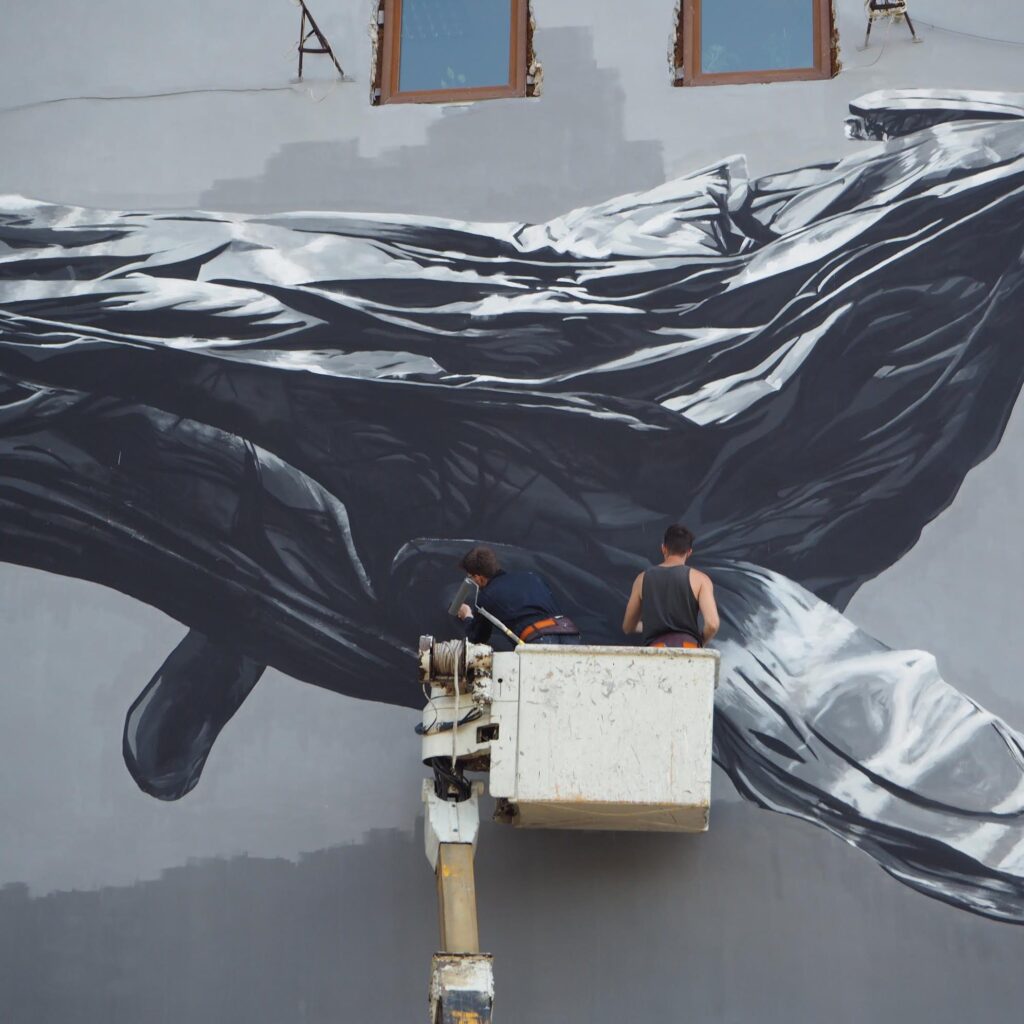
Before telling you about their latest environmental work, we are going to take a dive into Street Art.
Urban view
Just notice a stencil on the sidewalk, a sticker on a mailbox, or a metal sculpture glued to a street sign, and you immediately feel transported to a different world. Into a vibrant subculture that infiltrates the monotony of the everyday and eliminates it. The moment you start looking for signs of creativity in unexpected places, even going to the office or popping into the supermarket becomes an adventure.
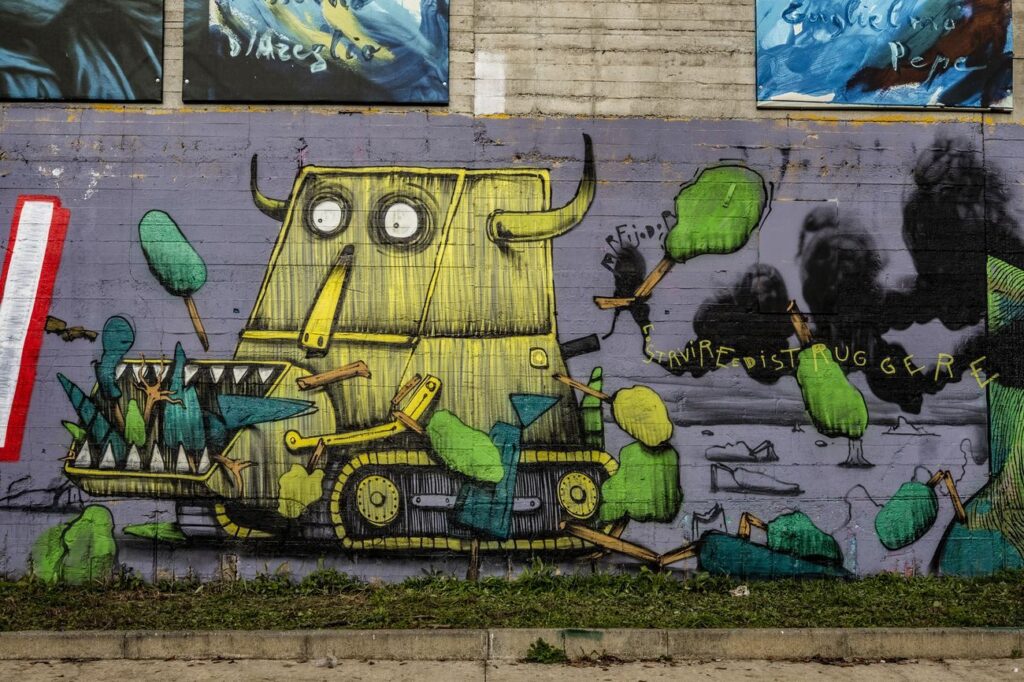
Street Art artists work freely on urban streets, often anonymously, without caring about what the rest of the world might think. They give their art away, shaking off the economic pressures that dominate museums and exhibitions. Working outdoors, they have a few minutes to create a masterpiece without risking the arrest. The magical, ephemeral works they leave us to admire may last a few minutes or perhaps a few days. Also, continuously changed by the weather.
Environment as a canvas
What captures the imagination is precisely this combination of the city environment and the artists who see it as a giant canvas to be painted. Never in the history of public art had such a dimensional scale been reached as that achieved today by Blu, nor had it ever been as pervasive as Shepard Fairey’s, or as modeled as Bansky’s, or as delicate as Swoon’s.
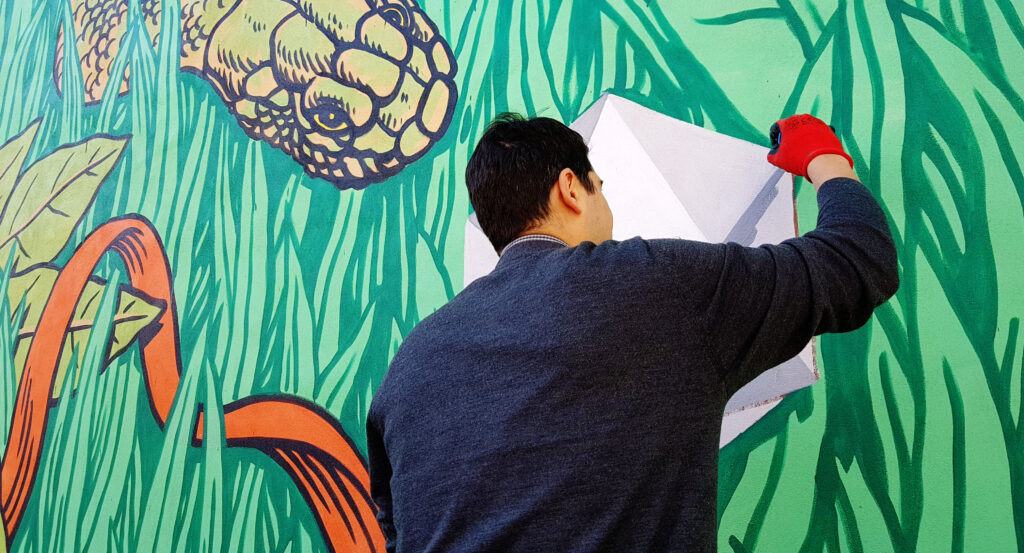
Inherent in these artists is the belief that images and ideas should be received, manipulated, and ultimately transmitted freely around the world. For them, the rapid disappearance of public spaces is a tragedy. They are tormented by the idea that the side of a building can become corporate property, that billboards proliferate like rats, that publicly funded art is often the result of compromise upon compromise. With each of their free public artworks, they recapture a corner of the city that has been sold out to advertising agencies.
Street Art is not vandalism
Many people too quickly dismiss Street Art as vandalism. They mistakenly assume that these artists deface beautiful buildings. Instead, many of them work in run-down neighborhoods and beautify forgotten buildings. They go in search of walls with plaster falling apart, surrounded by sidewalks overrun with tumbleweeds, and their goal is to make these places beautiful by creating something really special. In fact, they believe that art is an added value, giving vital energy back to crumbling structures. If you superimpose a work of art on an insulting advertisement that is plastered all over the city, why should the community mind? If you embellish a rotting door, why does not the owner show gratitude?
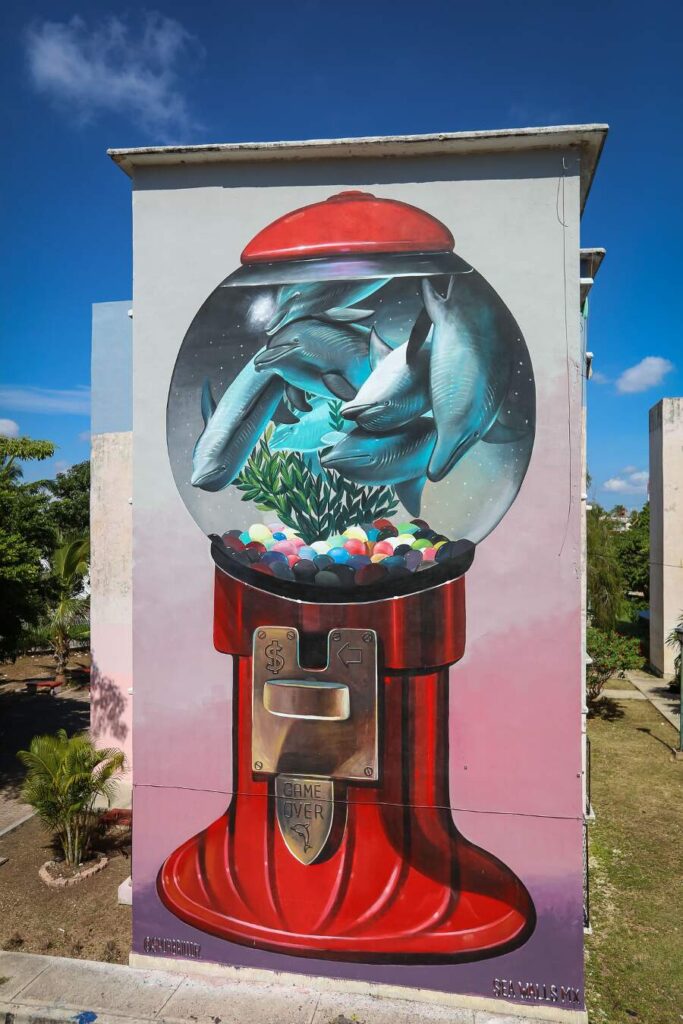
Urban art and the relationship with technology
Over the years, technology has played a crucial role in the rapid development of unauthorized public art. The availability of inexpensive digital cameras allows each work to be documented and shared. Encouraging the artist to aim higher, to make something bigger and better. In addition, new technologies have made the artists’ own skills multifaceted.
No art movement has ever developed so many interactions before, and so quickly. The Internet, along with the digital camera, allows artists to see work from around the world overnight. Through the sharing of their stories, a strong community has been created. This drives the artist to produce more weathered materials and to pursue their ideals.
A sense of community
In fact, by far the preponderant element of this movement is a sense of community. Nor is there an unwritten code that unites its exponents. It may be something simple, such as offering a bed or a couch to an itinerant colleague. Or offering one’s own work for a group artwork. The viewer knows that the city is alive and that artists will not be able to help but create these works of art. Ultimately, the essence of this movement is a shared worldview and the belief that small gestures can make a difference.
Street Art’s message
The message involves a provocation that invites everyone to question consensus-based ‘reality’. Street Art, welcoming stimuli from both the recent graffiti lineage and the lesser-known history of modern counterculture assaults against the status-quo, subverts the regulated urban experience to better disseminate this ‘exercise of doubt’. Non-commissioned public art acts in this space of doubt and investigation.
Environmental recoveries
The journalist Frances Zunmiller (1913-1986), known for her articles on rural areas, accurately defined wilde areas as a psychological expanse in which ‘a man can walk without ever trespassing on private property’. Trespassing in the contemporary urban landscape in many ways restores the possibility of creating ‘wild areas’ within society.
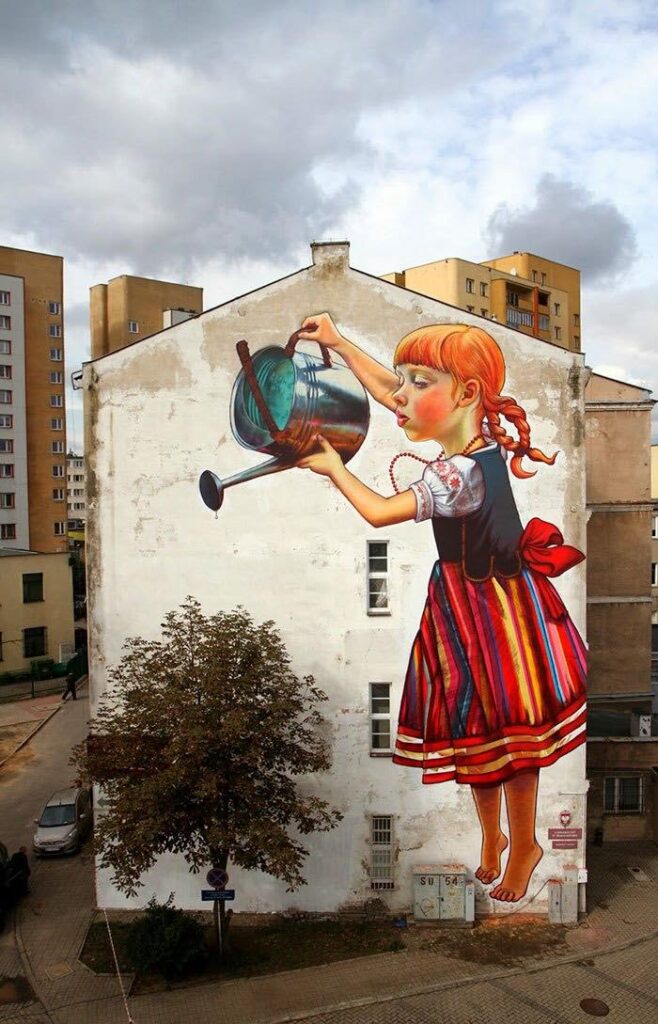
Let’s try to make a map of the spaces in which art is proposed in public environments. There are nodal places such as meeting places and clubs, or crossroads. Interstitial places, or those in which art creeps in and hides in the cracks left free. Abandoned places, where art comes to occupy the traumatic history of what is ‘left’. Here it invokes an alternative: a utopian vision superimposed on an urban dystopia made of alienation and disaffection. Sometimes practical, often political, at best poetic, the interventions of some Arcadians sublimate into the mundane or post-naturalist choice of transforming art into an environmental factor; resulting in an ecstasy opposed to reason.
“Garbage Tail”: Murmure Street’s artwork for the oceans
The French duo Murmure Street composed of Paul Ressencourt and Simon Roche has completed, just over two months ago, a beautiful artwork made in collaboration with the IPAF Festival in the Terres Sainville neighborhood of Fort-de-France in Martinique.
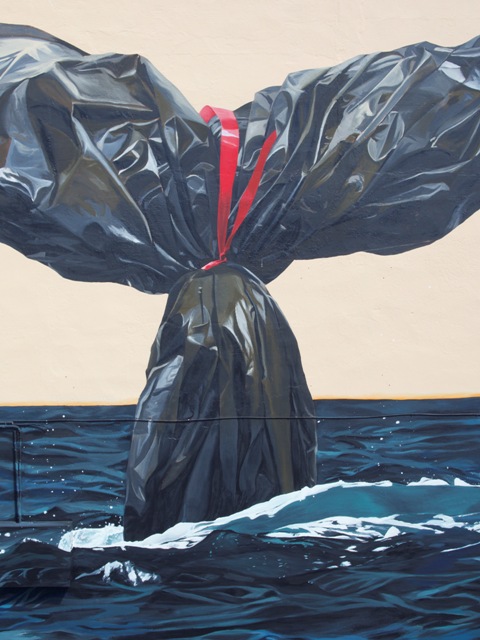
The artwork is titled “Garbage Tail”, and is a continuation of their “Garb-age” series that aims to raise awareness about a very sensitive issue such as pollution.
“Garbage Tail” is made entirely of acrylic and brush with a deliberately realistic rendering capable of capturing the eye and at the same time sending a very clear message.
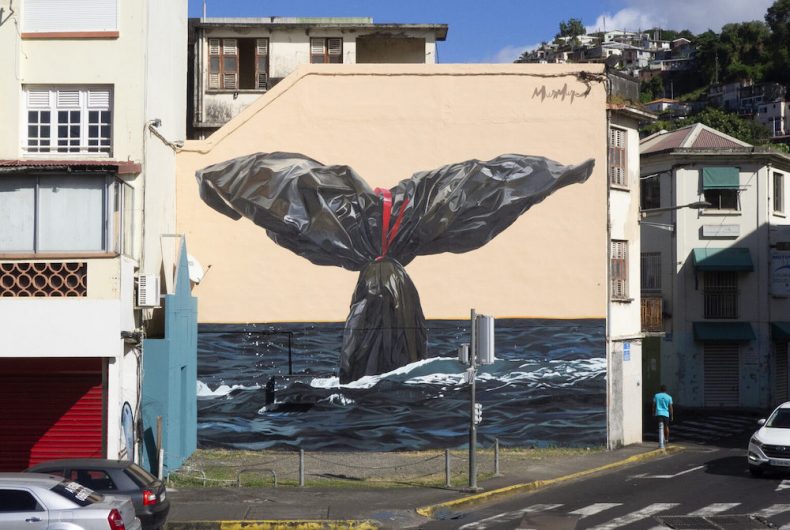
In fact, this year’s theme was: “Men and the Caribbean Sea”.
The message of the artwork
The relationship between man and the sea is increasingly complex and this work reminds us of the scientific studies that indicate that by 2050 the oceans will have more waste than fish if we do not reverse course.
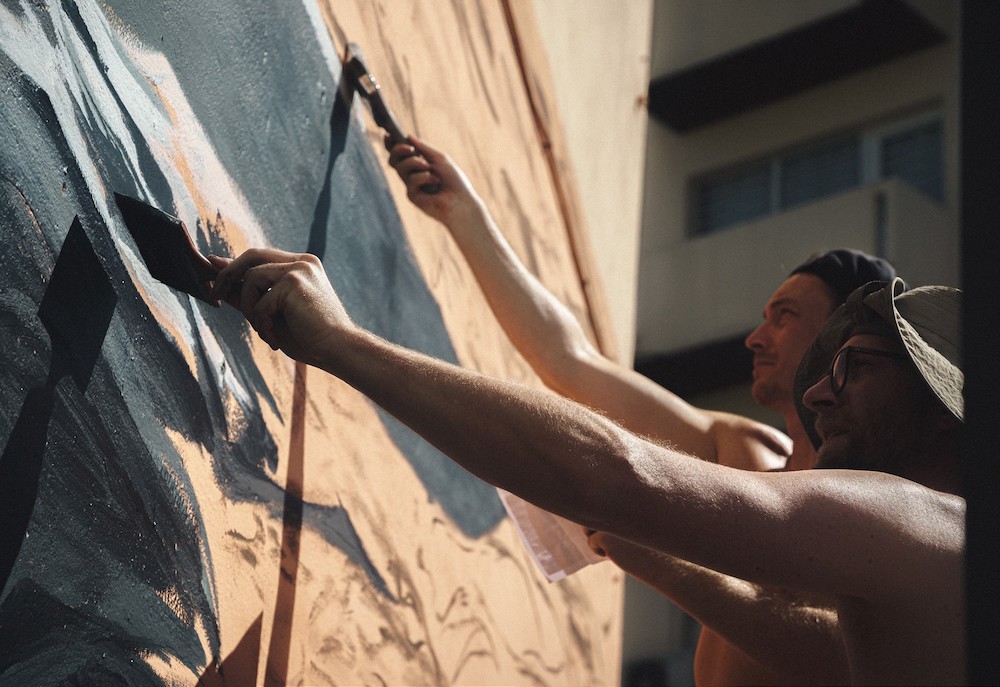
And to pay the highest price will be all those beautiful species, that we all admire but that because of microplastics, pollution in general, are in danger of disappearing.
The artwork “Garbage Tail” made by the French duo intends to accentuate and talk about this aspect.
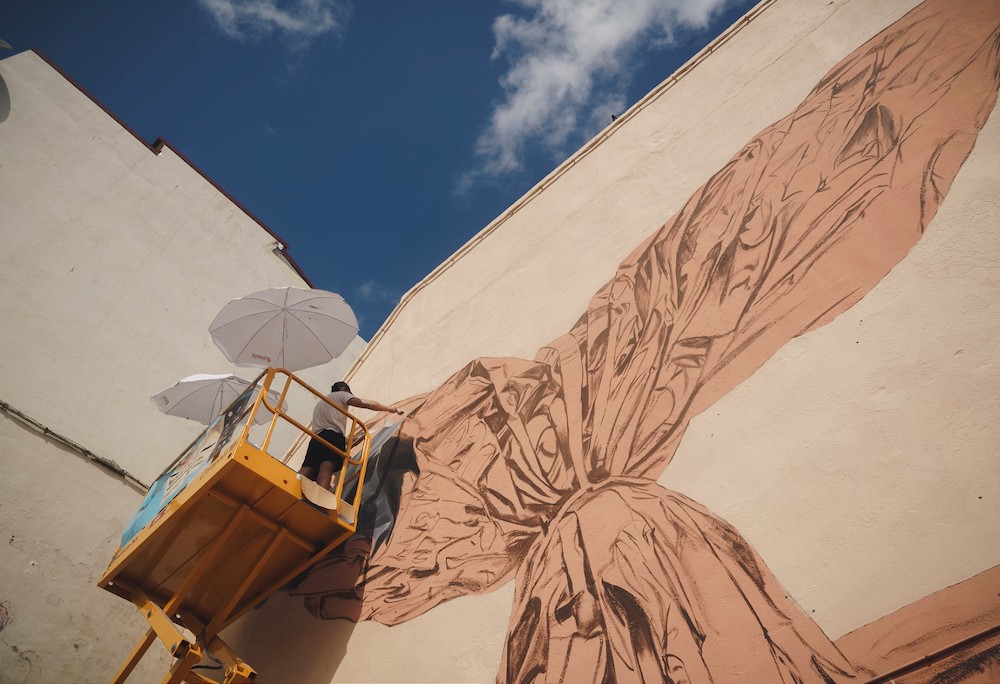
Like the tip of an iceberg, the whale’s tail is the only visible part of the animal, symbolizing the problem of pollution and how obvious it is now. The tail is wrapped in a garbage bag, making the work even more provocative. Because if the presence of plastic is known to all, much of it remains invisible in the form of microscopic particles in the water but just as dangerous.
‘Unlike men the ocean withdraws so that the sea preserves its fish’ Pierre Dac




